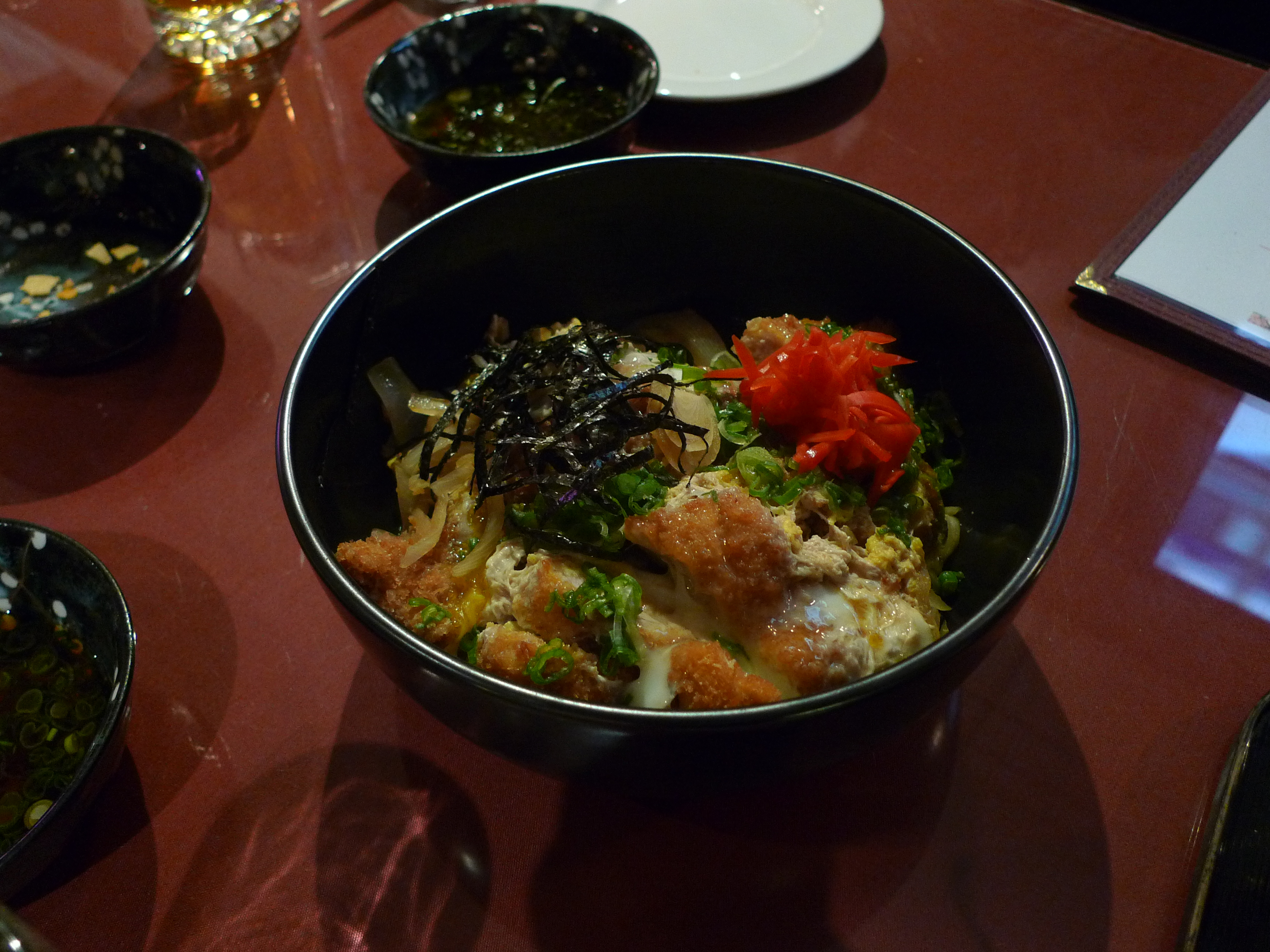Seattle is a great city, but after a fabulous vacation in Tokyo last summer, all my family could talk about was what we were missing.
So we looked for the places in Seattle that offer a taste of the bustle, the retail therapy, and the astonishing food and drink of the world’s biggest city. Here’s how to save $1000 on a plane ticket and enjoy a one-day Tokyo vacation without leaving town.
Breakfast: Top Pot Doughnuts. Doughnuts? Absolutely. Japan’s ubiquitous Mister Donut chain serves mochi rings and matcha tea old-fashioneds, but most of their flavors would be familiar to any American sugar fiend. So grab a Double Trouble at Top Pot on Summit before heading to…
Tea: Remedy Teas. This Capitol Hill tea cafe captures a modernist Japanese-influenced design aesthetic without any overt Asian flourishes. And they serve wonderful sencha, matcha, and other Japanese green tea. 345 15th Ave E, remedyteas.com.
Lunch: U:Don. In Tokyo, we ate often at the Hanamaru Udon noodle chain. U:Don, in the U District, is an impressively faithful recreation, right down to the a la carte tempura bar and the low prices. I’m especially fond of the on-tama udon, served hot or cold in a soy-based sauce and topped with a soft-boiled egg. 4515 University Way NE, freshudon.com.
Shopping
You don’t need me to tell you about Uwajimaya, but have you been to Maruta Shoten (1024 S Bailey St, marutashoten.com) in Georgetown? It’s the closest we have to a Japanese convenience store (kombini), a great place for groceries, snacks, bento boxes, onigiri rice balls, and hot items like pork cutlets and potato croquettes.
At Kobo (Capitol Hill and International District), shop for Japanese art and Japanese-inspired Northwest arts and crafts, as well as greeting cards, souvenirs, and housewares.
Daiso (Westlake and International District) is the US outpost of the Japanese 100-yen chain. Our local Daiso in western Tokyo had three floors and tens of thousands of items for sale. The Seattle-area stores are smaller, but you can still load up on gadgets, stationery, snack food, chopsticks, housewares, linens, and more for $1.50 per item. Need a miso strainer or a pencil eraser shaped like a bowl of ramen? They’ve got it.
The Kinokuniya bookstore in Shinjuku, Tokyo, is nine stories of literary awesomeness. Our one-story location (525 S Weller) stacks up surprisingly well. I shop here often for mechanical pencils (my favorite is Uni-Ball Kuru Toga), Japanese- and English-language comics, magazines (browse the colorful Japanese cooking mags like Orange Page, even if you don’t read Japanese), cookbooks. Kids will love the Wall of Stickers.
Dinner: Tsukushinbo. This small family restaurant captures the convivial atmosphere of a Tokyo hole-in-the-wall. The sushi is excellent, but I prefer to start and finish with the lengthy appetizer menu. Try the octopus tempura, chicken rolls with yuzu and shiso, and marinated fried smelt. 515 S Main.
Late night: Maekawa Bar. Every day after work, millions of Tokyoites head to an izakaya for drinking (beer, shochu, and sake) and eating (all sorts of salty, lip-smacking small plates) long into the night. Most American recreations of the izakaya experience try too hard: the food is fancy, the drinks expensive, the decor carefully curated. Maekawa Bar is an exception. Order a shochu cocktail and the torisenbei (chicken breaded with cornflakes). 601 S King, 2nd floor.
Finally, take a hot bath and watch My Neighbor Totoro.
Matthew Amster-Burton is a Seattle food writer. Read more about Japanese food and planning a real trip to Tokyo in his new ebook, Pretty Good Number One: An American Family Eats Tokyo.




